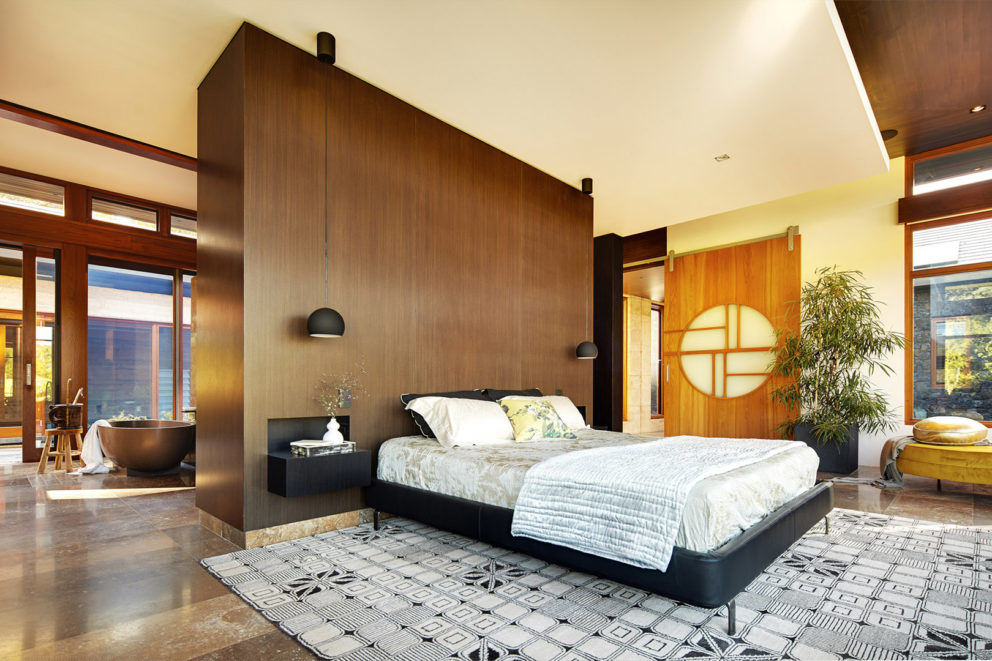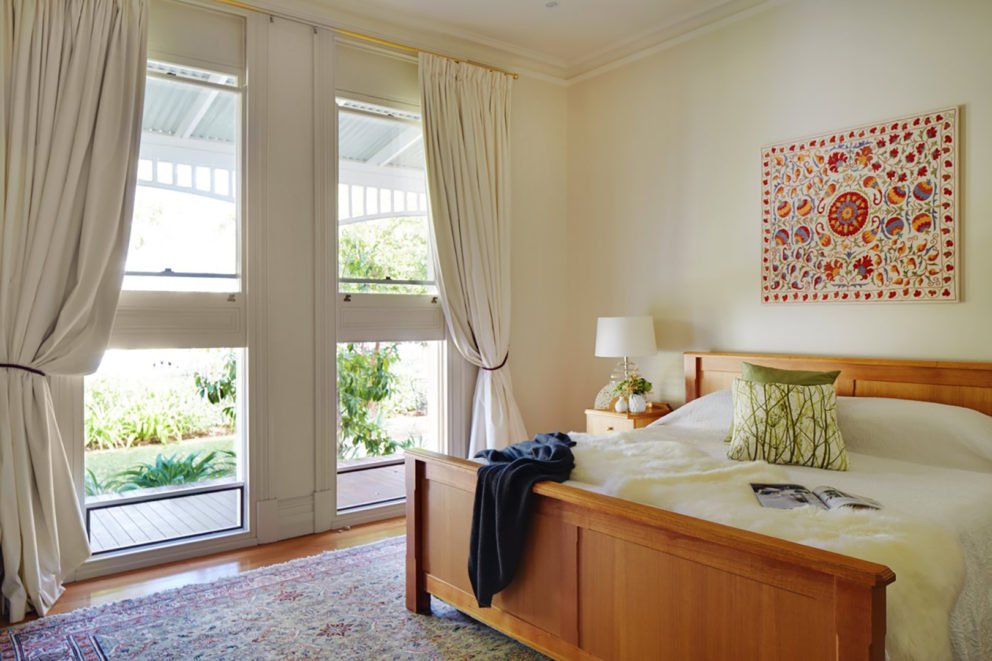Most of us love to be at home. Your things are there, it’s familiar and relaxing. This is especially true as we age or face a health challenge.
For this reason I’ve always loved the idea of a home design that supports our ageing journey. This is a home that can adapt to your changing needs. A place where you can be comfortable and safe.
Just lately my sisters and I have been supporting my Mum and Dad through my Dad’s convalescence. During this time I’ve learnt so much more about how to approach this aspect of design. I’d like to share a couple of points that have become clear to me.
Not Split Level
I used to think that people could move downstairs as they age but I now understand that a move like that is disruptive and difficult when you’re older. So now I’d recommend that you consider planning for wheel chair access to bedrooms.
Bedrooms As Social Spaces
During recovery from illness or surgery people at home often have visitors. These might be close family or friends and even work mates. A bedroom needs to be adaptable to become a social space where spending time with someone is comfortable. The room has to be big enough to be able to accommodate potentially a couple of visitors at one time.

Make The Lift Big
If you are adapting a house to suit your needs and you are putting in a lift – make it a big one. Things like the lift have to be a size that can take a reclining wheelchair, not just a standard wheelchair. Even if you don’t put the lift in at the first instance, you need to have the room for it in your master plan, so it can be put in very easily later. A good size lift is also useful for moving furniture.
Outlook Is Important
People confined to bed need to have natural light. They need to have that feeling of being able to look out and see sky and trees and connect with nature.
Feeling Safe 24 Hours A Day
My father recently told me he felt very safe in hospital. I’ve now spoken to friends with older parents, and they all say the same thing. They feel safe in hospital because someone’s there making sure they’ve got medication. They have someone they can call on. This is something you can cover with an intercom so people can call for additional help when they need it.

Bathroom Accessiblity
The bathroom needs to be easily accessible by wheelchair or a frame. So the shower frame has to be flush to the floor. This allows a carer to wheel someone into the shower.
These are normal accessibility considerations that you would be including if you were doing a hospital or an aged care facility, but it’s becoming increasingly clear to me that these are things to consider in a home design as well. It is so much easier to put them in as you build than to have to add them later. All these things can be done in an attractive way – really it doesn’t have to be ugly.
Make Outdoors Accessible
Use flush door frames wherever possible. When the frame is flush with the floor it means you can roll a wheelchair through without difficulty. It is useful to have ramped thresholds to the garden for the same reason.
Logical Kitchen
Keep your kitchen layout accessible and logical. A labeling system means that carers and family helpers can find what they need and put things away where they go. It also means that forgetful older folk don’t spend ages looking for what they need.
Keep Lights Simple
Have light switches that suit chair height and standing height. This means someone recovering at home in a wheelchair can reach them. Sometimes it may also be difficult for older people to lift their arms up. High tech central light switches are too complicated for older people. It’s best to keep lighting simple and put in lots of it. Brighter light is better for older people.
Wheelchair Friendly Garden Pathways
For older people walking on grass can be problematic because they aren’t very stable on their feet. Grass is also not a wheelchair friendly surface. So pathways in landscaping need to be wide enough for a wheelchair and make it easy to access the garden from the house without crossing grass.
I think this last point is one of the most important. If people have been sick or in bed during long recovery they need to be able get outdoors into the sun. It’s warm and relaxing and you can tell that it lifts their spirits.
Raised Garden Beds
If people love to garden or cook it may be worth having raised garden beds. This means people can potter about weeding, picking flowers, herbs or fruit without bending over.
I’m sure that there are many other things I’ll pick up on this journey. There’s nothing quite like lived experience to sharpen ones design skills.


